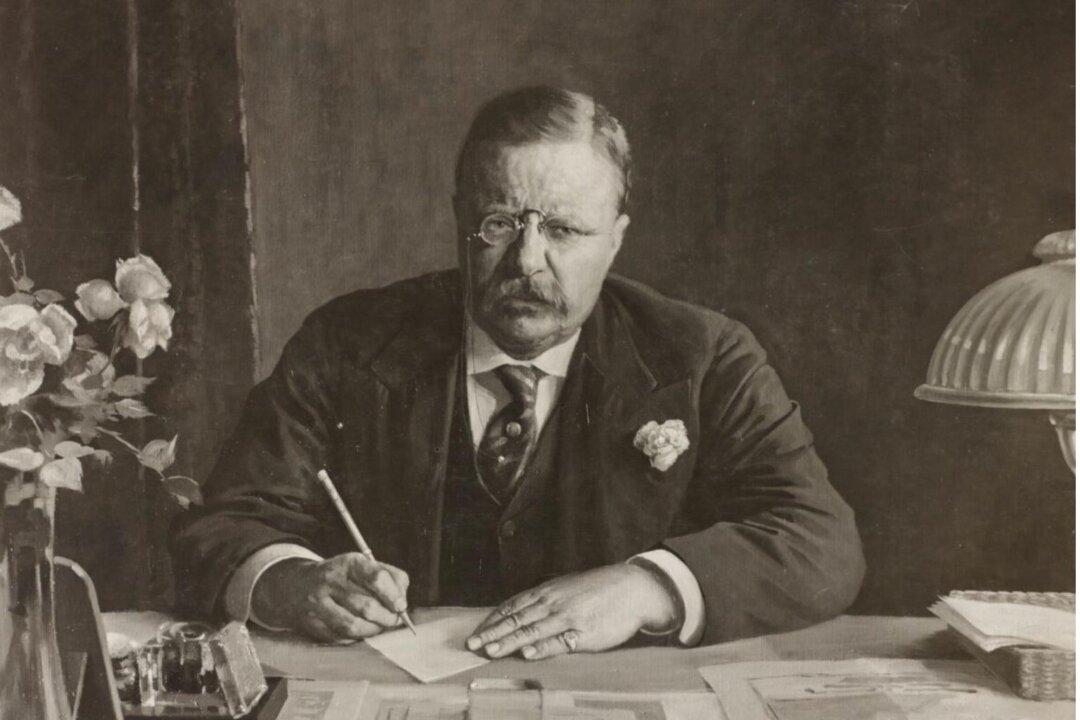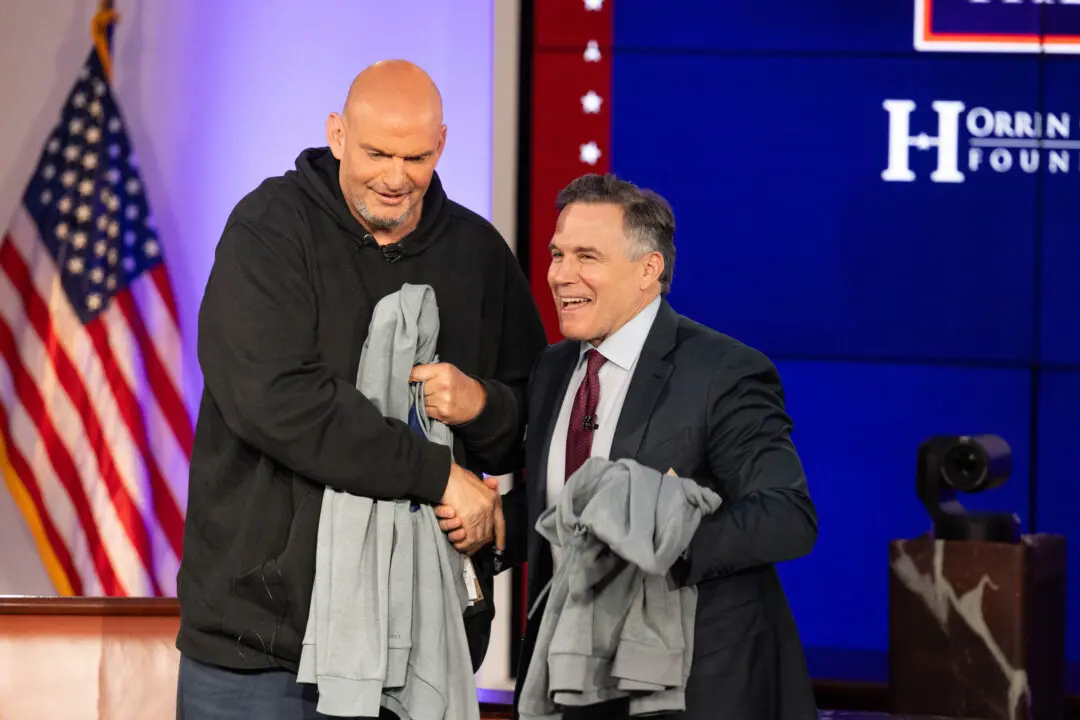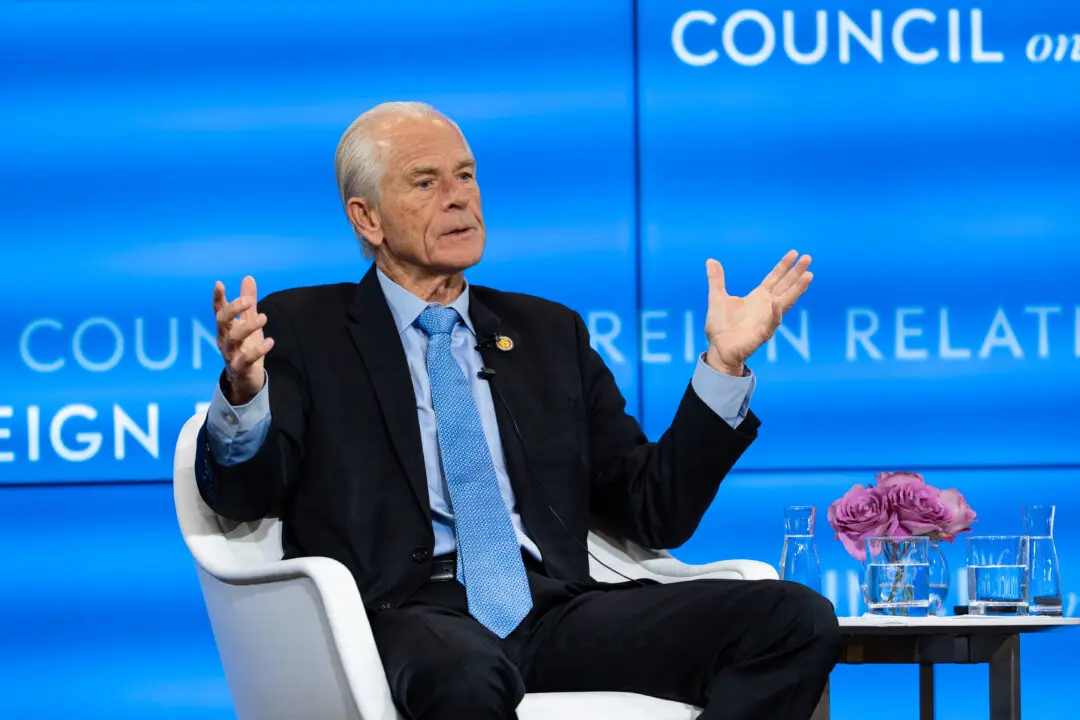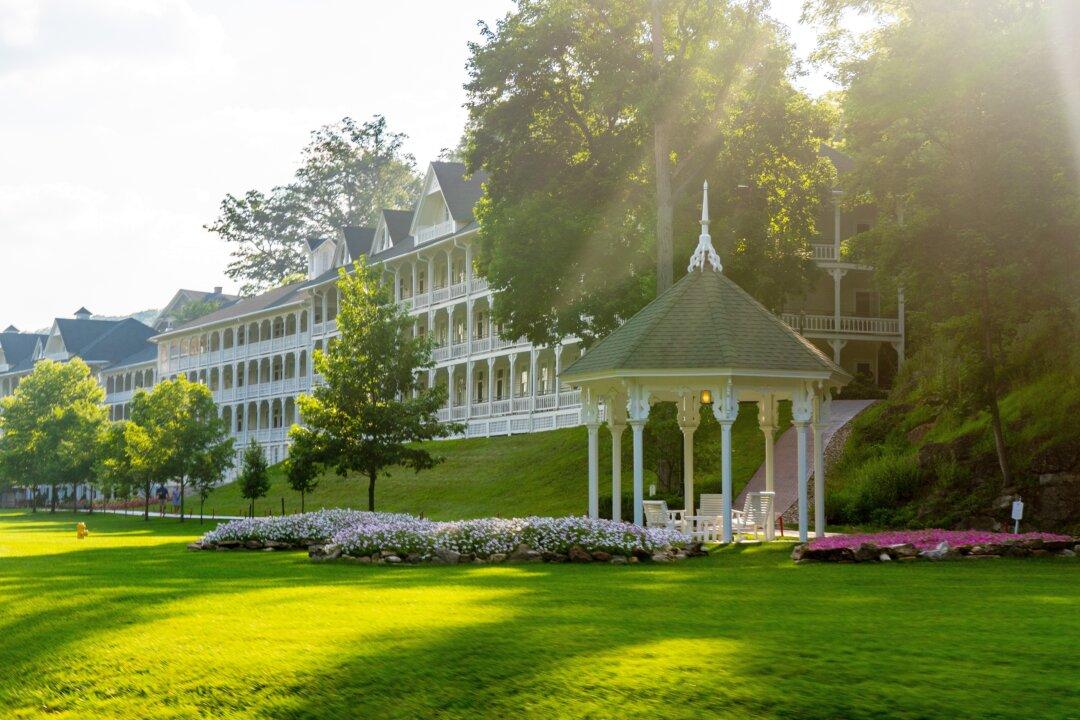Commentary
MEDORA, N.D.—When you come into the Badlands—as opposed to the approach to the Rocky Mountains—the ground dramatically dips. It’s here that you can experience the same views that a 24-year-old Theodore Roosevelt found when he arrived in 1883, determined to kill a buffalo and experience the American West, which he understood was quickly disappearing.





